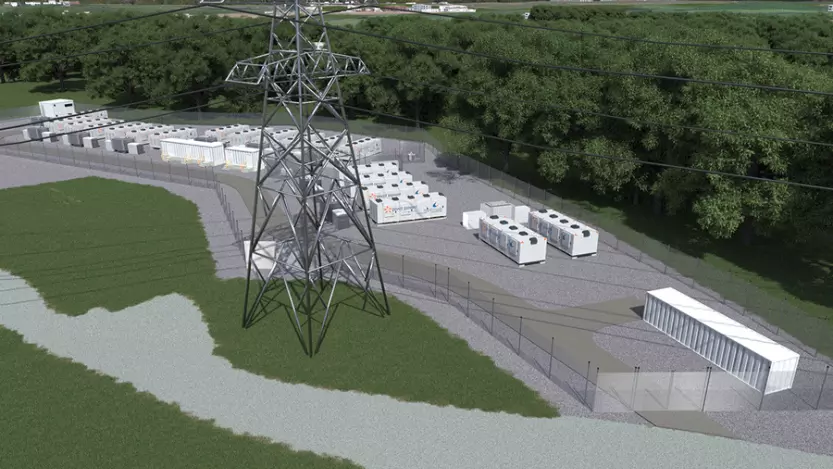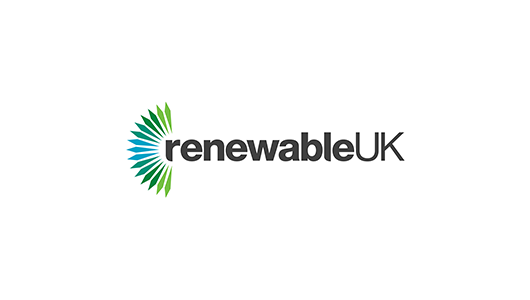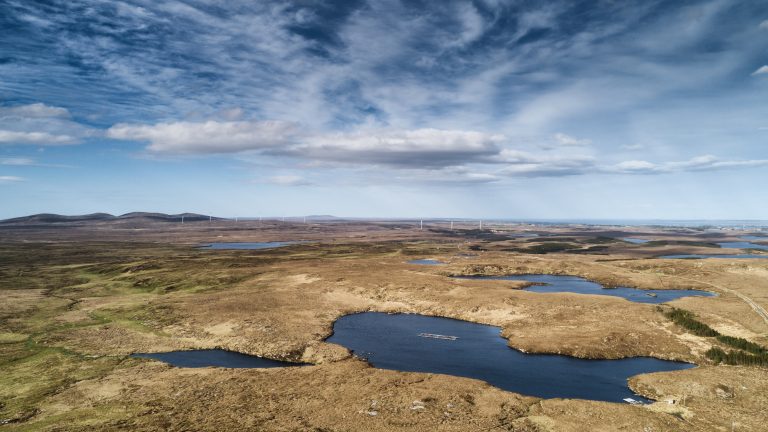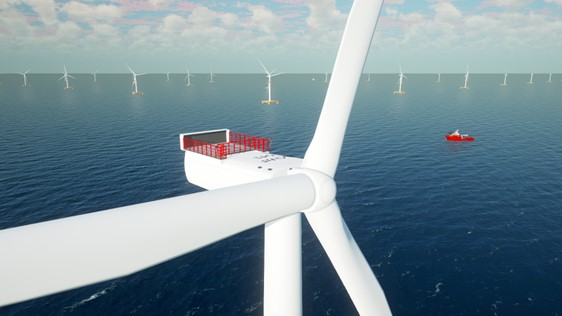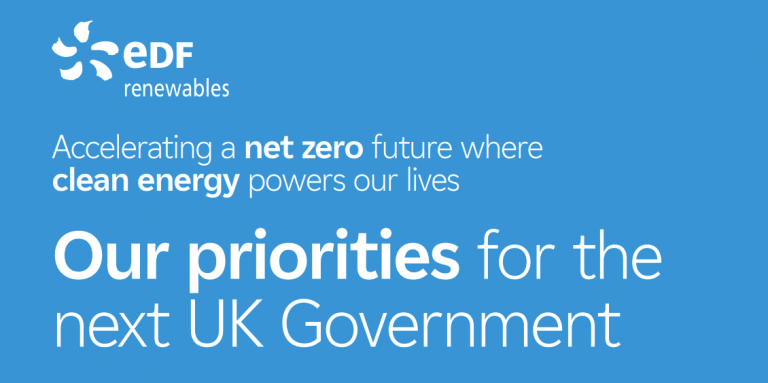
What motivates you to get out of bed each morning? For Patrick Jans, a Project Engineer with our Pivot Power team, it’s knowing that he’s helping the UK transition to clean energy by creating a long-term reliable and effective electricity grid. Read on to find out what it’s like to design and develop battery storage systems – and what Patrick enjoys most about his job.
Day-to-day working life in renewables
Q. Where are you right now?
A. I’m based in London, but I’ve been spending a lot of time travelling to Oxford and Kent to oversee the build of our first two battery energy storage sites. I moved to the UK in October 2020. Prior to this, I lived in the Netherlands, which is where I’m from, although I studied in Denmark and lived there for a while too.
Q. What do you do at Pivot Power?
A. I’m a Project Engineer. So I have been driving the technical design of the two new 50MW standalone sites we’ve built at Cowley (in Oxford) and Kemsley (in Kent). They are the first sites in the UK to connect directly to the transmission network.
Essentially, there are two elements to my role. First, I need to ensure the batteries connecting to the transmission network operate safely and meet our performance requirements. The second part of my job is to establish the electrical distribution network and connection to the transmission network. This enables the batteries to supply electricity to the grid and downstream electric vehicle (EV) charging stations.
I spend a lot of time liaising with internal and external teams. For instance, the engineering team at EDF Renewables; the business development team at Pivot Power; National Grid and the major equipment supplier and balance of plant contractors building the battery sites. The biggest risks and uncertainties lie at the interface between all these parties. My job is to ensure that all specifications are clear and all parties understand each other at each of these interfaces.
Q. What’s the process for building a new battery site?
A. First, the development team comes up with a business case for each site (currently we have 37 planned connection points to the transmission network). The team checks the feasibility of a site and carries out all the necessary due diligence. At some point, it’ll be handed over to a technical development team, which I’m part of. We assess the technical feasibility of it, come up with a high-level design and then narrow this down to a detailed design with our partners.
Once that’s firmly established, we start to construct the site. After the build, we have to commission it and hand over the project to the asset operator. We have been working with a good network of partners on this journey. My job has been to supervise the engineering and guide the solution finding as we discover new challenges along the way.
Q. What’s a typical day like?
A. The project stage we’re at determines what my day looks like. At the moment, with Kemsley and Cowley, for instance, they are operational and we’re in the final stages of the project. So my time is spent making sure the battery design meets the performance requirements and operates safely.
At this stage, we may experience late findings or observations which promptly need to be resolved – especially as these are going to be the first standalone batteries to connect directly to the transmission network – which is really exciting. We don’t yet know what the problems might be! So we have the privilege of finding and solving these, and we work with all the various parties involved on it.
When I’m in the preparatory stage for a battery site, it’s mostly desk-based work. I’m focused on the design and specifications; and I spend my time interacting with design teams and equipment suppliers. When I started at Pivot Power in May 2020 – during the Covid-19 pandemic – we were in the very early stages of the project for Cowley and Kemsley so I was able to work from home in the Netherlands during this time.
Developing a career in the renewables industry
Q. How did you get into engineering?
A. I studied electrical engineering. I always knew I wanted to be an engineer; I come from a technically-minded family! I worked for seven years in the oil and gas industry, for Shell. But I actively wanted to contribute to the energy transition and work in the renewables industry. So I began work at EDF Renewables, in the Pivot Power team, 18 months ago. It’s gone so fast!
Q. What do you enjoy about engineering?
A. The great thing is you have something in your mind that needs to be developed and built. And then you work as a team to get a design that only exists on paper physically built on site. You need to find the right pieces of the puzzle together to create the bigger picture – I love the journey and working together to find a solution.
Diversity and inclusion in the renewables industry
Q. Do you think the industry could do more to promote diversity and inclusion?
A. What I have noticed since joining EDF Renewables is that there’s a very clear and creative focus on continually improving diversity and inclusion (D&I).
There are a lot of different ethnicities and diversity in my team. I’m not a native Brit and I really like that we all come from diverse backgrounds, nationalities and cultures. We all approach challenges with different views and this makes you consider things you might not otherwise have thought about.
Day-to-day working life in renewables
Q. What’s your favourite part of your job?
A. It’s the interaction with the various teams that I work alongside on these projects. We all have the same end goal in mind and are trying to make an impact together. It’s exciting to be connecting the first standalone battery energy storage systems to the transmission network. Everyone’s passionate about making it happen and are embracing the challenges of doing this. This open-minded mentality makes it a really fun place to work.
Q. What’s your least favourite part of your job?
A. Not being able to celebrate successes and milestones in person with my teams and colleagues because of Covid-19.
Q. What kind of hours do you work?
A. There’s plenty for me to do! In the early stages of a project, you’re planning more, so you can schedule your work. But in the latter stages, you have to be flexible and respond to challenges at any time. The good thing about working at EDF Renewables is they have a great approach to work/life balance, so there are ways to compensate for those times when you work longer, or to find flexibility in how you work.
Q. How did the Covid-19 pandemic affect how you work?
A. The main difference was how we worked together on site. There wasn’t much impact at the start of projects, as we could do virtual team meetings and work from home. But on site it’s more challenging, as you usually have lots of people working on the same equipment at the same time. So we had to make changes to maintain the required social distance between us. This made it quite a different environment to work in.
The future of renewables
Q. What do you see for the future of renewables?
A. I believe that with electricity we can provide energy accessibility for every person in the world. And this will help the energy transition to a sustainable world too.
Q. How is your role helping to create a net zero future where clean energy powers our lives?
A. It’s my role is to provide engineering solutions to create a long-term reliable and effective grid. With renewable energy, we can create a sustainable and flexible grid to deliver electricity to everyone in the world. I’m most excited about integration of renewables with the existing system to provide this sustainable flexibility.
Q. What would you say to a young person if they were interested in a career in renewables?
A. Do it! There are plenty of exciting areas to work in, and it’s the right moment to be working in renewables. There’s so much work to do, but you’ll be doing a job where you feel like you’re actively contributing to a sustainable and net zero world.


